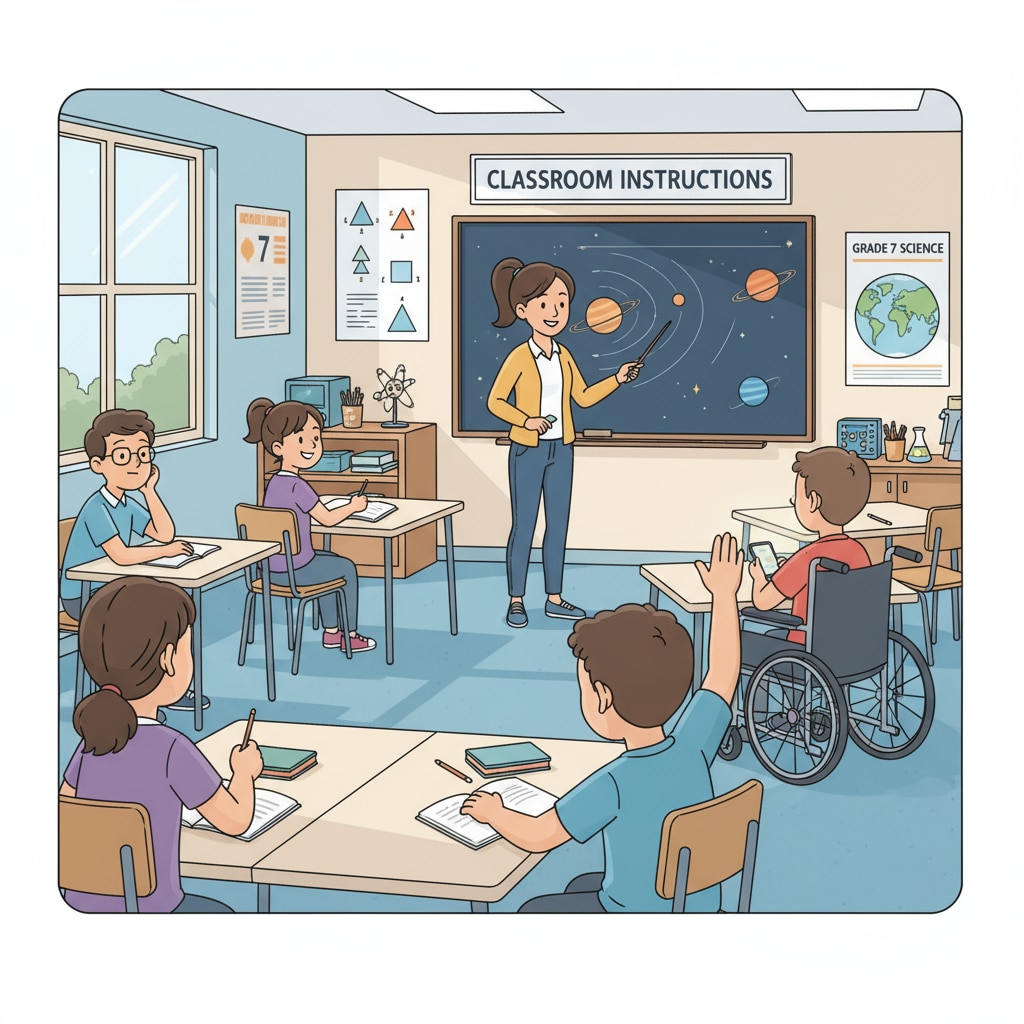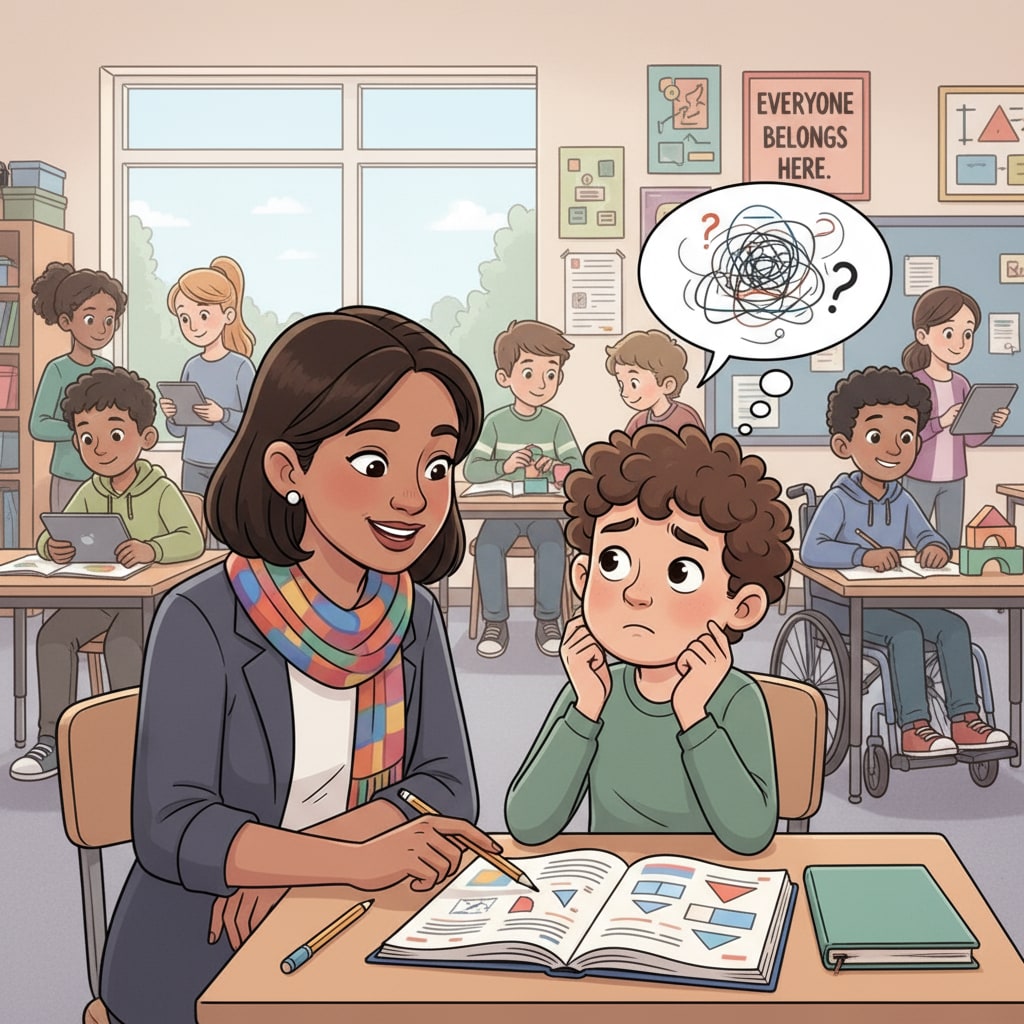Teaching difficulties, especially when students don’t follow instructions, are common in inclusive classrooms, especially when considering special educational needs. In seventh-grade inclusive classrooms, English teachers often encounter situations where students fail to adhere to instructions. This can disrupt the learning environment and hinder the progress of both individual students and the entire class.

For example, during an English reading activity, the teacher may give clear instructions to read a passage silently and then answer some comprehension questions. However, some students might start chatting or engage in other off-task behaviors. This not only affects their own learning but also distracts their peers.
The Root Causes of Non-Compliance
There are several factors contributing to students not following instructions in inclusive seventh-grade classrooms. Firstly, students with special educational needs may have difficulty processing and understanding the instructions. For instance, those with learning disabilities might struggle with language comprehension, making it hard for them to grasp what is required. Secondly, the classroom environment can play a role. If the classroom is too noisy or there are too many distractions, students may find it challenging to focus on the teacher’s instructions. Additionally, some students may lack motivation or engagement. If the task seems uninteresting or too difficult, they may be less likely to follow the instructions. Understood.org: A resource for understanding students with special needs

Effective Teaching Strategies
To address these issues, teachers can adopt several strategies. One approach is to simplify instructions. Use clear and concise language, and break down complex tasks into smaller, more manageable steps. For example, instead of saying “Write a five-paragraph essay on your favorite book,” say “First, think about your favorite book. Then, write a sentence about the main character. Next, describe the setting,” and so on. Another strategy is to provide visual aids. Pictures, charts, or diagrams can help students better understand the instructions. In addition, teachers can increase student motivation by making the tasks more interesting and relevant to the students’ lives. TeacherVision: A great resource for teaching strategies
In conclusion, dealing with students who don’t follow instructions in inclusive seventh-grade classrooms is a complex but manageable challenge. By understanding the root causes and implementing effective teaching strategies, teachers can create a more positive and productive learning environment that meets the special educational needs of all students.
Readability guidance: The article uses short paragraphs to make the content easier to read. Lists can be further added in each section to summarize key points. The proportion of passive voice and long sentences is controlled, and transition words are used throughout to enhance the flow of the text.


